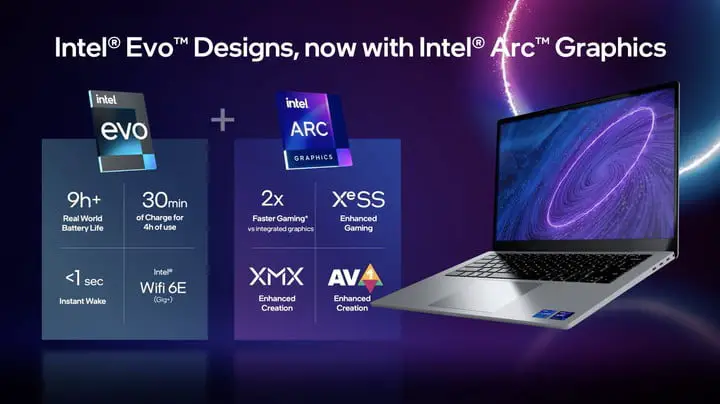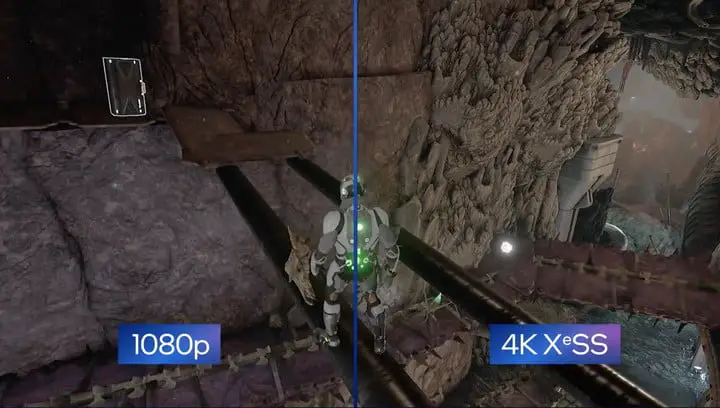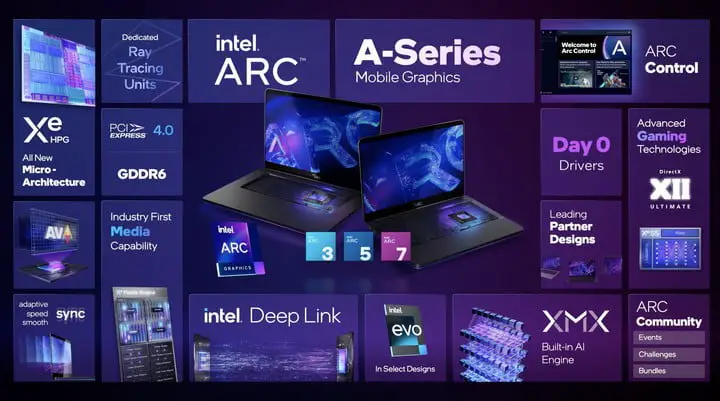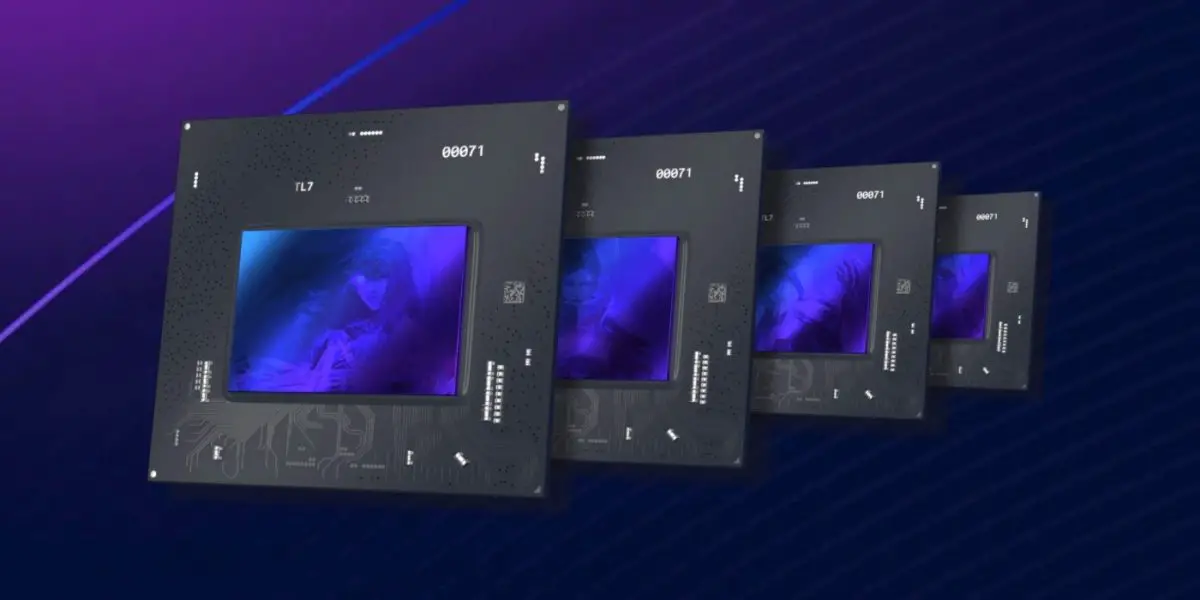Intel has finally unveiled its first discrete graphics for laptops, following up on a tease last year of its new Intel Arc GPUs. The Intel Evo branding will be used to market several different cards that target both ultra-thin and lightweight laptops as well as conventional laptop form factors. The Intel Arc 3-series, 5-series, and premium 7-series range of discrete GPUs will be available to gamers and content creators, according to the company.
Intel vice president and general manager of graphics and gaming Roger Chandler said that:
“We built a foundation and power-efficient integrated graphics that ships in the majority of laptops today. From Ultrabook to EVO, our focus has always been platform-level innovation. And now we’ve arrived at the next big milestone completing the Intel platform, with discrete graphics.”
DirectX 12 Ultimate
At the Intel Arc event, it was announced that their new discrete GPUs will support DirectX 12 Ultimate, hardware-accelerated AI-processing, ray tracing, and the new AV1 media engine. The new engine includes hardware-enabled encode and decode capabilities for increased performance. This makes the Arc discrete GPUs a viable alternative to Nvidia and AMD graphics cards. During the presentation, it was said that:
“Every Arc GPU offers full support for DirectX 12 Ultimate, including hardware-accelerated ray tracing and Arc in conjunction with the 12th Gen Intel Core processors will be direct storage capable,”

Intel Arc will be available on laptops as of today, and on desktops and workstations later this year, according to Intel. Arc will initially be accessible with the 3-series graphics for laptops, which became available today, before expanding to the 5- and 7-series later this year.
Intel claims that Arc improves upon integrated Iris graphics by a factor of two in thin-and-light form factors. The first 3-series Arc laptops will be available with either a base A350M for Intel Evo devices or a more performance-tuned A370M for thin and light Ultrabook notebooks.
“These laptops will deliver over 60 frames per second (fps) at 1080 p on a range of popular titles. You can see that Intel Arc 3 delivers over 90 frames per second, enabling competitive gaming on the go and some of the most portable designs in the industry.”
Intel announced that it is working with a growing number of game developers to bring more games to the platform.
Intel Arc XeSS coming this summer
“Arc 5- and Arc 7-based laptops will be packed with even more. You’ll get more Xe cores, more fixed function ray tracing acceleration, more GDD6 memory, and ultimately more performance. They will also ship with a new technology designed to deliver more efficient performance, which we call Xe super sampling, known as XeSS.”
XeSS will upscale graphics for higher-resolution displays without taxing the system’s hardware resources, making details appear more clear and crisp in games. This is fantastic for upscaling to a 2K or 4K display, as demonstrated by Intel’s demo, which shows there are more details in the background and foreground game elements when XeSS is turned on.

Later this summer, XeSS will be released, and it will support all Intel Arc discrete graphics. At launch, more than 20 game titles will be supported, with Intel anticipating additional ones to join the roster soon.
The power of XMX A.I.
Intel is also pushing A.I. with the Arc series of GPUs, which include XeSS. Chandler stated that:
“We built Intel Arc’s XMX A.I. acceleration engines to power A.I. workloads now and in the future. Our A.I. engines have 16 times the compute for A.I. inferencing operations when compared to traditional GPU vector units, which can enable performance boosts in many productivity gaming and creator applications.”
In a demonstration, Intel showed how popular video-editing applications can denoise old family videos and upscale them to the present day by simulating how they would appear if shot with a 4K camera. An old NASA rocket launch, for example, demonstrated how the “United States” writing on the rocket appears crisper when A.I. enhancements are applied.

“Our XMX engines seamlessly accelerate this compute-intensive A.I. process to give you amazing results in half the time. With the power of XMX, this upscaling is more than twice as fast as integrated graphics alone.”
Intel Arc will have native AV1 support
With native AV1 support, Intel Arc GPUs are the first in the world. The company demonstrated how AV1 support would render more details in titles like Elden Ring, with hardware support resulting in a 50x boost in encoding speeds versus traditional approaches.

Intel Arc laptops release date
The Samsung Galaxy Book 2 is one of the Arc 3 laptops that will be available to pre-order today, though Intel has named a number of partners it is working with, including Acer, HP, and Lenovo, to bring new Arc-powered laptops.

Intel is also adding a new Intel Deep Link integration to its ecosystem to aid gamers and creators in readily utilizing the technologies available to them. Intel said the following on Deep Link:
“It enables dynamic power-sharing, intelligently distributing power across the platform to increase application performance up to 30% on the creation and compute-intensive applications. It also includes hyper compute, which enables a significant speedup in A.I. heavy applications. In the XMX video demo, we showed you earlier, we saw an additional 24% performance improvement when we leverage all available A.I. engines in the system.”
For gamers, a new Arc Control interface will provide day-zero-ready game drivers, custom performance profiles, and more.





